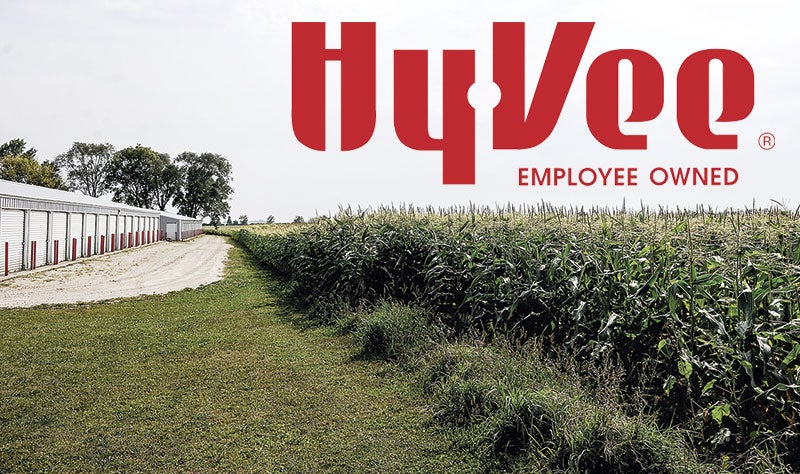Potential neighbors protest distribution center; Residents return to council to air concerns about Hy-Vee’s plans
Published 8:03 am Friday, October 20, 2017

- This piece of land next to a storage facility on the west edge of Austin is the subject of an environmental impact study in advance of possible construction of a new Hy-Vee distribution center. Eric Johnson/photodesk@austindailyherald.com
Citizens living near a proposed site for a Hy-Vee distribution center on the west side of Austin returned to the City Council earlier this week to air concerns about having a center so near their homes.
Most of the same citizens appeared at the Oct. 2 council meeting. They again on Monday expressed concerns with their homes’ proximity to the site, whether the city is adhering to the city’s land use plan and safety of children.
Hy-Vee is looking at a 150-acre site north of Interstate 90 by the Oakland Avenue exit. Hy-Vee anticipates construction could begin as early as 2019.
The council recently ordered an Environmental Impact Statement at the site. Those results will not be available until next year, council members noted Monday. An EIS evaluates impact of a project on land, water, air, structures, living organisms, environmental values, as well as the social, cultural and economic aspects.
Most of the residents live on 37th Street Northwest; one lives on 33rd Street Northwest; and one lives just off Oakland Avenue West.
Mayor Tom Stiehm urged the residents to wait until a formalized plan is presented to the city before raising concerns that might not be valid later.
“We’re getting ahead of ourselves,” he said. “They’re (Hy-Vee) not to this point yet.”
But that did not sit well with the residents, with many targeting the city for not knowing what Hy-Vee’s plan for the center entailed.
“I’m fighting for my home … and I will not go quietly into the night,” said Jane Osboe, who told the council she had recently traveled to the site of another Hy-Vee distribution center, located in Cherokee, Iowa.
“It was my worst nightmare,” she said.
The Cherokee plant was not near residential homes, she said, and there were 82 bays. She said there were only four trees providing green space. She said there was one house near the plant, an older home, “that we bought for a song,” she said the owner told her, since no one wanted to live near the plant. She said she talked to the people in the town, who had different comments about the center, both good and bad.
“You have to understand, this is a huge cement building,” Osboe said. “It feels like we are being abandoned, quite frankly.”
Stiehm said Austin had a good working relationship with Hy-Vee, and he would be surprised if Hy-Vee wasn’t willing to work with the city on concerns.
Councilwoman Janet Anderson said “we want the least invasive impact” on the area. “That’s what will be considered … we want to dispel the myth that we aren’t responsive.”
JoAnn Bergemann asked, “You keep talking about the greater good; but tell me, what do we get? We’re going to get a million feet of concrete dumped in our front yard.”
Jeff Brinkman asked about the site’s adherence to the city’s land use plan. City Administrator Craig Clark said such a center would support the tax base, maintain a balance of land uses, and provide a “high quality employment opportunity” for Austin. City Attorney David Hoversten said the site, in response to a question by Brinkman, was not an example of spot zoning.
Diedra Smith, who lives on West Oakland Avenue, said her main concern was the safety of her children.
“That entrance would be right in front of my home,” she said, adding her family is living in a mobile home on the property in anticipation of building a home. She said she and her husband might “not find it feasible” to build if her home was to be that close to traffic or if there was not a buffer or green space of some sort. She asked for a timeline, but the council again said there would be not a specific plan presented until an EIS was complete.
“I just hope you do your homework,” said Osboe. “I hope you consider everyone. I pay my taxes; I want to do the right thing.”
Councilwoman Laura Helle sympathized with the group, and said she understood their concerns.
“We’re asking you to trust us … I know you are living for months with this uncertainty. I’m personally not going to sell you out of your neighborhood,” and said she believed the final project would be “a win-win” for Austin.





